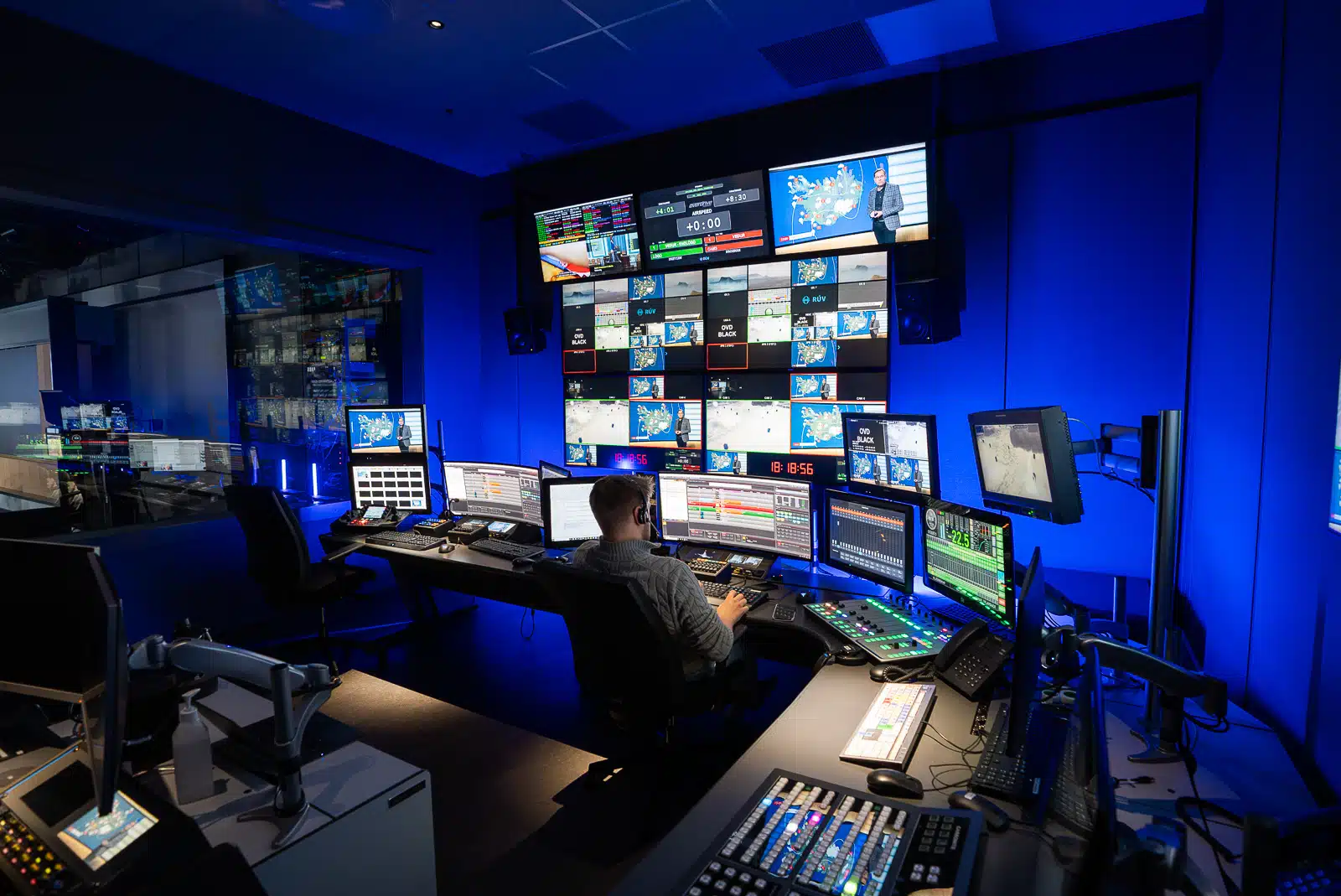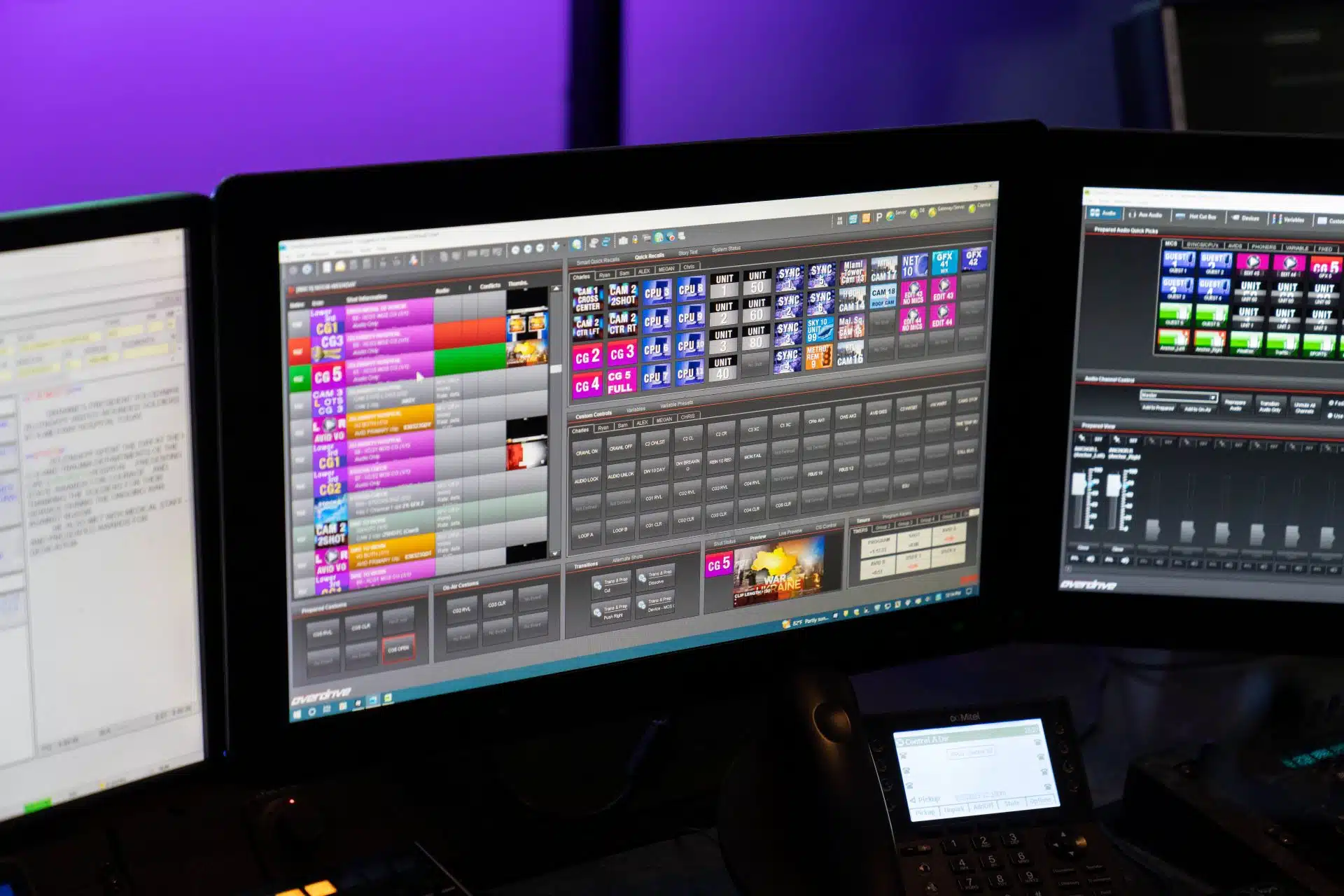In this exclusive webinar, hosted by TVB Europe, discover the latest insights on how automation and workflow innovation are shaping the modern newsroom

Newsrooms today face a familiar challenge: how to deliver more stories, to more platforms, with fewer resources – without compromising journalistic quality.
In a recent TVB Europe webinar, Liz Corbyn, Director of News at the European Broadcasting Union, and Tom Crocker, Director of Business Development, Production Workflow at Ross Video, explored how automation and workflow innovation are helping news teams meet this challenge.
The discussion covered everything from newsroom automation fundamentals to the impact of cloud, AI, and 5G on live production – and offered real-world advice for engineers and editorial leaders.
Automation that frees up journalistic focus
One of the biggest takeaways from the discussion was the evolving view of automation. Rather than being seen purely as an efficiency tool, automation is now recognized as a way to enhance journalistic output by allowing reporters to concentrate on meaningful storytelling.
By automating time-consuming processes like monitoring incident reports or compiling wire feeds, newsrooms can redirect editorial focus toward investigative reporting and deeper audience engagement.
“As someone who started her career working in a radio station where I would have to call up a very well-known police department’s incident line… any automation of that, personally, I find is a very good idea,” Corbyn told the panel.
The conversation also explored how remote workflows — once a pandemic necessity — have now become strategic assets. Automation tools are enabling more remote production and decentralized teams, helping broadcasters become more agile, scalable, and cost-effective.
Corbyn reflected, “Remote production was terrifying and scary and had to be done. But it proved a point. People have been able to develop really solid systems that allow them to produce far more than they were producing before, at a completely different budget from what had previously been assumed was needed to produce such a quality broadcast.”
The importance of trustworthy tools
For journalists working in fast-paced, high-pressure environments, the tools they use every day can either help them succeed — or slow them down. And that’s one reason it can be so challenging to introduce new technology.
“There’s nothing worse than changing the technology in a 24-hour newsroom. People hate it because it makes their life more difficult — it makes their output less good for a little while” explains Liz Corbyn.
It’s not resistance to innovation, she explained — it’s a deep concern for maintaining the speed, quality, and reliability that live news demands. In a 24-hour newsroom, even small disruptions can have major consequences for output.
Both Liz Corbyn and Tom Crocker emphasized how vital it is to choose newsroom technology that supports editorial work and builds trust with the people using it.
They stressed that successful technology adoption depends on close collaboration between technical teams and editorial leaders. Editorial teams need to understand why changes are being made, and engineering teams need to understand the real-world pressures that journalists face.
As Tom Crocker noted, “Automation is about making sure that people do what people do best, and machines do what machines do best.”

More disruptive than social media
Finally, the panel turned to the growing role of AI in newsrooms. Corbyn praised AI’s potential to help with translation, summarization, and accessibility, but warned of fundamental risks if not carefully managed. “This is going to be several thousand times more disruptive than [social media],” she added.
“We’ve brought together more than 30 EBU members and partners and all their online content into one platform, and automatically translated that, enabling our journalists to read the content of other members in a way that they could never do before.”